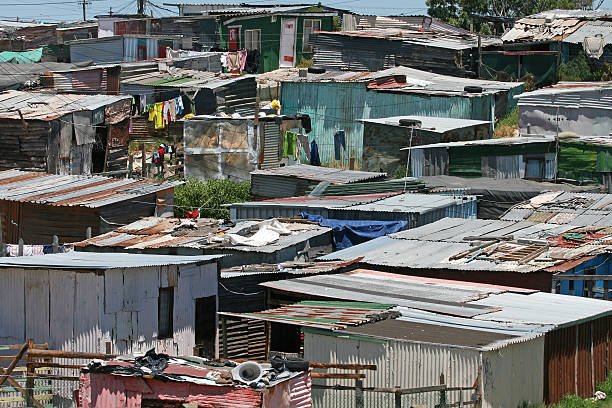How The Natives Land Act of 1913 Still Affect People’s Lives in South Africa?
Title: The Enduring Impact of the Natives Land Act of 1913 on South African Society
The Natives Land Act of 1913 remains one of the most significant and controversial pieces of legislation in South African history, even a century after its enactment. With this law, the majority of South Africa’s land was reserved for the minority white population, leaving a mere fraction available for the indigenous black majority. Its implications were far-reaching and profound, impacting not only land ownership but also fundamentally transforming the socio-economic, cultural, and psychological landscapes of the nation. Today, the legacy of the Natives Land Act continues to influence South Africa’s endeavors for social equality, economic fairness, and cultural reconciliation. This article delves into the enduring effects of this Act on contemporary South African society.
Highlights:
- The Natives Land Act of 1913 reserved over 90% of South Africa’s arable land for the white minority, leading to large-scale dispossession and displacement of black communities.
- The Act led to the creation of “native reserves,” which caused widespread socio-economic and cultural disruptions in black African communities.
- The legislation laid the groundwork for the implementation of the broader system of apartheid in 1948, deepening socio-economic disparities.
- The enduring spatial apartheid – geographically divided towns and cities along racial lines – is a legacy of this Act, with previously white-designated areas generally being more prosperous.
- The Act has led to persistent land disparity issues, with ongoing efforts for land reform and equitable redistribution facing significant complexities.
- Dispossession has resulted in widespread poverty, inequality, and an undermined black middle class, contributing to South Africa’s current status as one of the world’s most unequal countries.
- The psychological and cultural impact of the Act has been significant, with a disconnection from ancestral lands causing a sense of loss and dispossession that continues to influence the psyche of black South Africans today.
How Does The Natives Land Act of 1913 Still Affects People’s Lives in South Africa
The Nature of the Act
The Natives Land Act was designed to restrict the African majority from owning, buying or renting land in over 90% of the country. This landmark legislation essentially reserved the majority of South Africa’s arable land for the white minority, leaving just 7% (later extended to 13% in 1936) for the black majority.
Immediate Effects
The immediate effect of the Act was to dispossess Africans of their land, leading to the uprooting of entire communities. Many black people were forcefully moved to what were known as “native reserves.” This mass displacement not only destroyed local economies and social structures, but also led to an acute shortage of land for black South Africans to cultivate for sustenance. Consequently, this deprived many black people of their primary means of livelihood, making them dependent on wage labor, largely on white-owned farms and mines.
Long-term Consequences
The Natives Land Act entrenched socio-economic disparities that persist even today. The forced dislocation and segregation created geographical divisions that continue to echo in contemporary South Africa, often referred to as ‘spatial apartheid.’ Towns and cities are still divided along racial lines, with formerly white-designated areas generally being more prosperous and better serviced.
This legislation also laid the groundwork for the broader system of apartheid implemented in 1948, a state-sanctioned system of racial segregation and discrimination, causing further socio-economic divisions.
The Legacy of Land Disparity
Today, South Africa grapples with land reform, seeking to redress the skewed land ownership patterns entrenched by the Natives Land Act. Efforts to redistribute land equitably among South Africans have been slow and fraught with complexity. The challenges include defining rightful ownership, managing the process in a way that does not disrupt food production, and preventing the further perpetuation of economic disparity.
Socio-economic Impact
The Land Act led to widespread poverty and inequality among black South Africans, a situation that still resonates in the present day. Many black South Africans, dispossessed of their lands, found themselves in an almost inescapable cycle of poverty and inequality. Their dependence on white employers for wages and the marginalization of black-owned businesses undermined the development of a robust black middle class. Even now, South Africa has one of the world’s highest rates of income inequality.
Cultural and Psychological Impact
The dispossession and displacement have also had deep psychological and cultural impacts. Whole communities were uprooted, causing a disconnection from ancestral lands, which hold significant cultural and spiritual importance. This sense of loss and dispossession continues to influence the psyche of black South Africans today.
The Natives Land Act of 1913 has had profound and long-lasting effects on South African society. Its impact extends far beyond the realm of land ownership, resonating in the economic, social, cultural, and psychological fabric of the country. While efforts to address these disparities are underway, the process is complex and fraught with challenges, reflecting the deeply entrenched legacy of this legislation.






